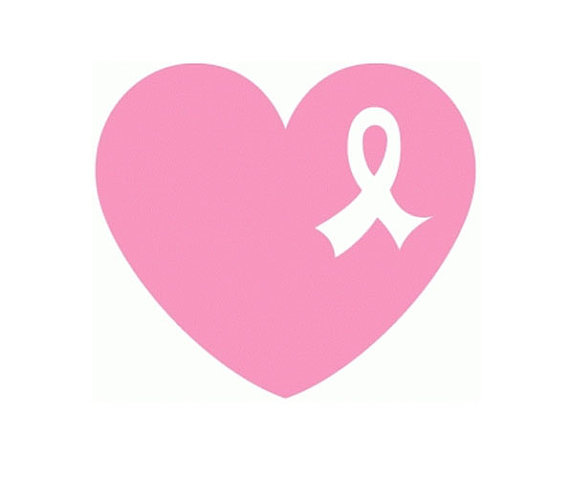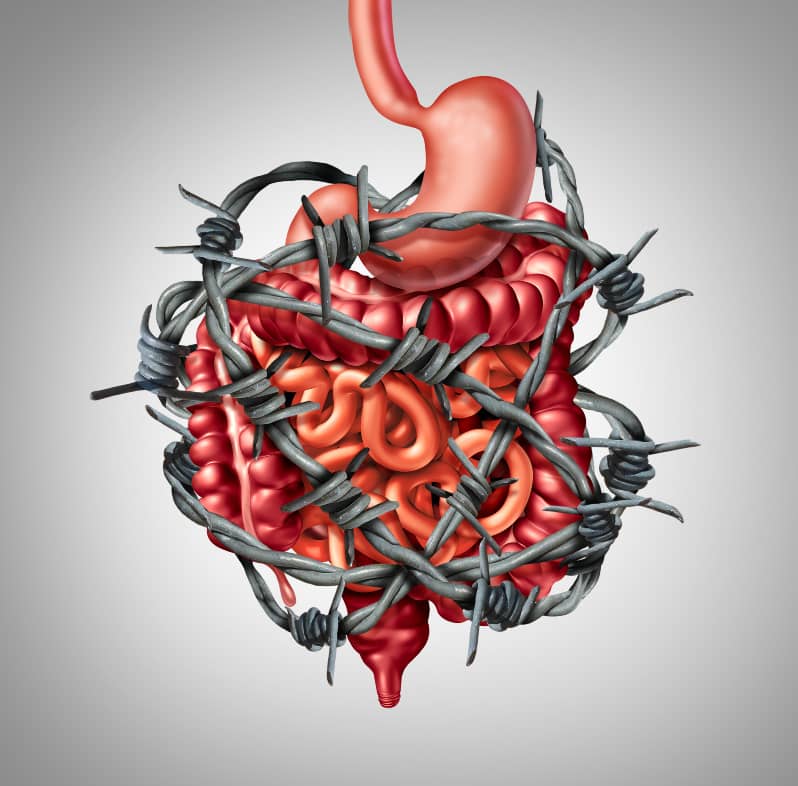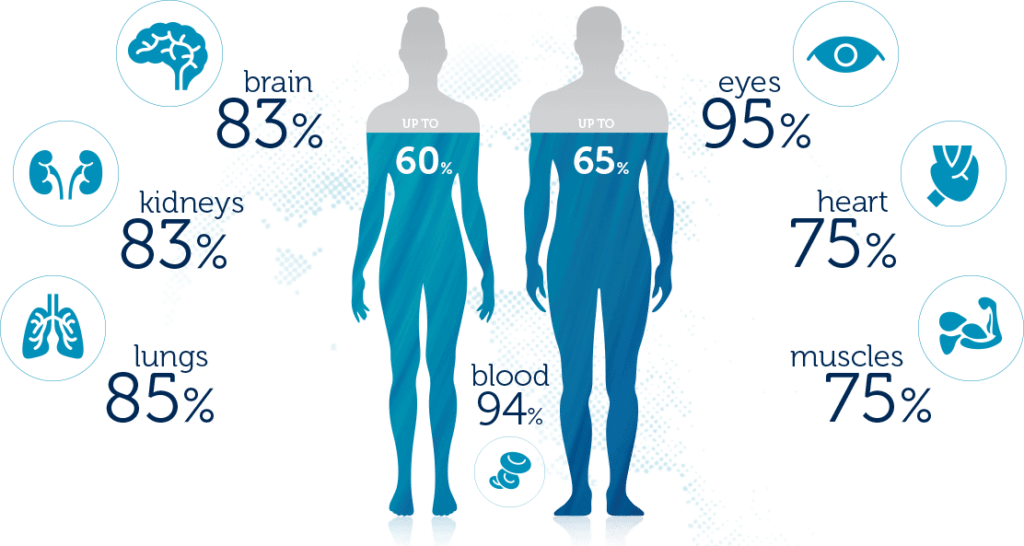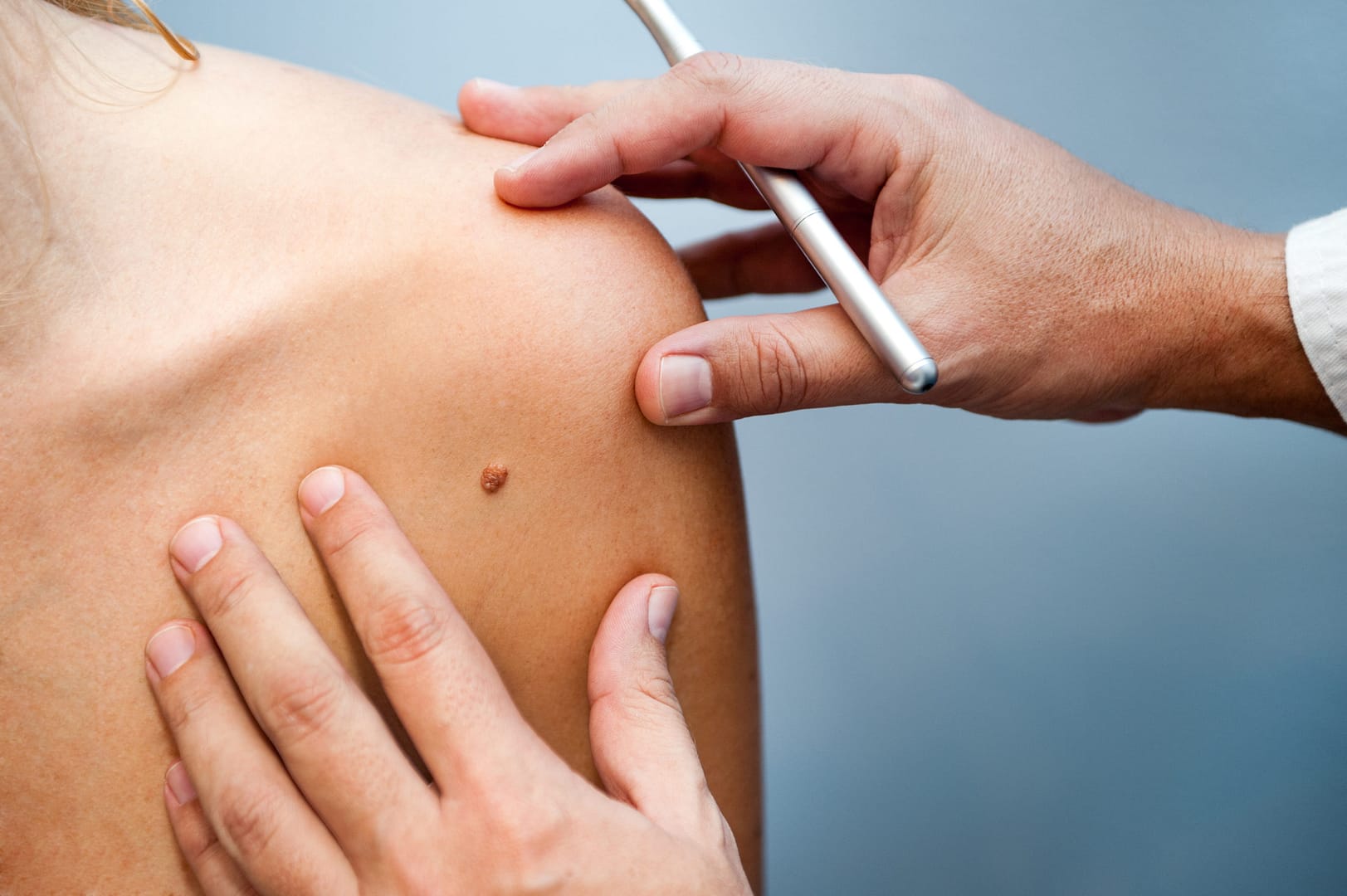The pink ribbons are everywhere. The local schools are adorning their athletes in pink socks and pink jerseys. The Fight Like a Girl signs are up, proudly standing behind every woman who’s ever been affected. Pink, pink, PINK! There’s no mistaking it: October is Breast Cancer Awareness Month.
As we go through the days, however, for those of us who simply wear the shirts and are moved to tears by the many stories of strength and love, do we really know what we’re fighting? Personally, I’ve been fortunate. I haven’t been directly touched by this disease that has devastated families.
But that doesn’t mean it can’t happen…
Yes, there are many known factors to being prone to breast cancer such as sex, age, genetics, etc. However, there are other factors that research has uncovered over the years that have come to show that no one is really safe without the right prevention and early detection. This month is about breast cancer AWARENESS. Meaning, we need to be aware of every part, of everyone affected: the ones we’ve lost, the ones we stand behind, and the ones who need to be educated. That includes everyone. Even YOU. ![]()
What is Breast Cancer?
Breast cancer is the most commonly diagnosed cancer among American women. This year, it is estimated that among U.S. women there will be 266,120 new cases of invasive breast cancer and 40,920 breast cancer deaths (komen.org).
While most common in women, it can also develop in men. This year, an estimated 2,550 men in the United States will be diagnosed with breast cancer. Black men have the highest incidence rates—2.7 out of every 100,000 men; followed by white men—1.9 out of every 100,000 men. It is estimated 480 men will die from breast cancer this year (komen.org).
Breast cancer develops from a cancerous cell that presents in the lining of a duct or lobule in one of the breasts. A malignant tumor is a group of cancer cells that can grow into surrounding tissues or spread to distant areas of the body.
Stages
- Stage 0 (noninvasive, carcinoma in situ) breast cancer: There is no evidence of cancer cells breaking out of the part of the breast in which they started, or of getting through to or invading neighboring normal tissue.
- Stage I breast cancer: The tumor measures up to two centimeters and no lymph nodes are involved.
- Stage II (invasive) breast cancer: The tumor measures between two to five centimeters, or the cancer has spread to the lymph nodes under the arm on the same side as the breast cancer.
- Stage III (locally advanced) breast cancer: The tumor in the breast is more than two inches in diameter across and the cancer is extensive in the underarm lymph nodes, or has spread to other lymph nodes or tissues near the breast.
- Stage IV (metastatic) breast cancer: The cancer has spread beyond the breast, underarm and internal mammary lymph nodes to other parts of the body near to or distant from the breast.
- Recurrent breast cancer: The disease has returned despite the initial treatment.
Signs and Symptoms of Breast Cancer
The first symptom usually emerges as a painless lump in the breast. It’s important to note that most breast lumps are not cancerous. Most breast lumps are fluid-filled cysts or fibroadenomas (a clumping of glandular tissue), which are benign. Please also note that you should ALWAYS see a doctor if a lump develops.
Symptoms could also include:
- Changes/swelling in the size or shape of a breast
- Dimpling/thickening of the breast on a part of a breast
- The nipple becoming inverted
- An, at times, bloody discharge occurring from a nipple
- A rash around the nipple, which can look like a small patch of eczema
- Breast Pain
- A lump in the underarm
Risk Factors
- Just being a woman is the biggest risk factor for developing breast cancer. There are about 266,120 new cases of invasive breast cancer and 63,960 cases of non-invasive breast cancer this year in American women (Breastcancer.org).
- As your age increases, so does your risk of getting breast cancer.
- Women with close relatives who have been diagnosed with breast cancer have a higher risk of developing the disease. If one first-degree female relative (sister, mother, daughter) has been diagnosed with breast cancer, the risk is doubled.
- Genetics are thought to be responsible for about 5% to 10% of breast cancer, as it is hereditary, caused by abnormal genes passed from parent to child (Breastcancer.org).
- Race/ethnicity plays a large part. White women are slightly more likely to develop breast cancer than African American, Hispanic, and Asian women. But African American women are more likely to develop a more aggressive, more advanced-stage breast cancer that is diagnosed at a young age (Breastcancer.org).
- Overweight and obese women have a higher risk of being diagnosed with breast cancer compared to women who maintain a healthy weight, especially after menopause.
- Lack of Exercise can lead to a higher risk of a breast cancer diagnosis since exercise consumes and controls blood sugar and limits blood levels of insulin growth factor, a hormone that can affect how breast cells grow and behave.
- Smoking is linked to a higher risk of breast cancer in younger, premenopausal women.
- Poor Diet is thought to be at least partly responsible for about 30% to 40% of all cancers (Breastcancer.org). Certain foods can make your body the healthiest it can be, boost your immune system, and help keep your risk for breast cancer as low as possible.
Treatments
Conventional: There are several conventional treatment options for breast cancer, such as surgery to remove the tumor and surrounding tissue, mastectomy (removal of the entire breast), or double mastectomy (removal of both breasts), along with the removal of the surrounding lymph nodes if infected. After surgery, chemotherapy and/or radiation are recommended.
Natural Relief: Most holistic approaches are designed to fight the cancer by modifying diet and lifestyle, which boosts the immune system; detoxifies, alkalizes, and oxygenates the body; and releases emotional trauma.
Customized Nutrition Plan: Carly Secoy, Functional Medicine Nutritionist at Forum Health Clarkston, has a passion for helping those with cancer. This led her to pursue her study and certification from the ‘Holistic Cancer Coaching’ program and has given her great insight into successfully designing and stepping clients through their own customized nutrition program.
The Stress Connection
Stress can have quite the effect on the delicate body chemistry necessary for cancer protection. A number of clinical observations support the concept of the link between cancer and stress, which are connected through all the body’s biochemical pathways.
Stress activates the immune system, more specifically the body’s T-cells, macrophage cells, and natural killer cells—the most important cells. As time goes on, these cells become overworked and ultimately prevent the action they are meant to do, leaving the body prone to disease. Stress hormones can also inhibit a process called anoikis, which kills diseased cells and prevents them from spreading. Stress also increases the production of certain growth factors that increase blood supply. This can speed the development of cancerous tumors.
In going deeper, however, Dr. Susan Silberstein, of the Center for Advancement in Cancer Education, has explored the connection between breast cancer and more specific stressors such as the emotional disconnections in nurturing (not feeling able to give and/or receive), as well as feelings of betrayal.
Whatever the case, it is important to find an appropriate way to access these emotions, release them, and reap the positive benefits on the immune system. This can be done through daily healing acts such as mediation, yoga, and by practicing mindfulness through emotional wellness coaching.
Screenings
- Clinical Breast Exam: A physical exam done by a health care provider. It’s often done during your regular medical check-up such as a physical or even at an annual visit to the OBGYN.
- Thermography: Recommended for women of average risk, thermography is a simple procedure of taking digital computerized pictures with a specialized Thermography camera. It is safe, non toxic, highly accurate and an inexpensive form of diagnostic imaging used by progressive physicians. To find out more, click here.
- Mammogram: Uses x-rays to take images of the breast that are later scanned by a radiologist. A woman of low to average risk should start thinking about going in for a mammogram around 40. After the age of 50, however, an annual screening is necessary. For women who are high risk, screenings should begin at age 30 or sooner, depending on what your physician recommends.
- MRI: Not recommended for women of average risk of breast cancer, Breast Magnetic Resonance Imaging (MRI) uses magnetic fields to create an image of the breast. This type of screening is used for women with a higher risk. It’s also used for breast cancer diagnosis and staging.
Final Thoughts
It’s important to know where you fall in the level of risk. Even if you don’t have full access to your heredity, you know your body. Talk with your physician; find out what your plan should be. Whether you’re high risk or not, there should always be preventative measures taken. Be good to yourself. Live a healthy lifestyle; create a routine of mindfulness and emotional balance, and get the proper screenings for early detection.
Adrian Schirr
Forum Health Clarkston
7300 Dixie Hwy. Ste 500
Clarkston, MI 48346
248-625-5143
References:
Breastcancer.org
Cancercenter.com
Komen.org
Silberstein, Susan PhD: “Can Stress Cause Cancer?”







